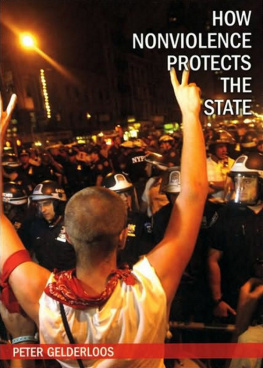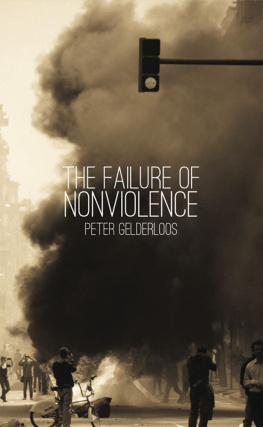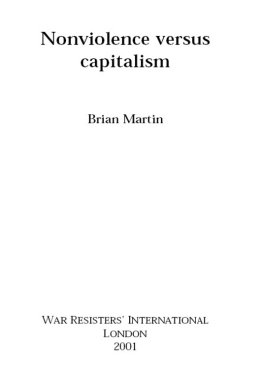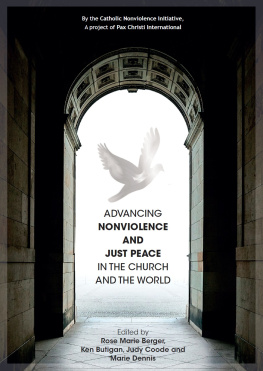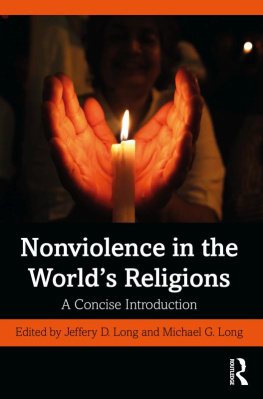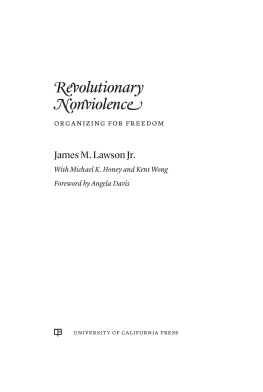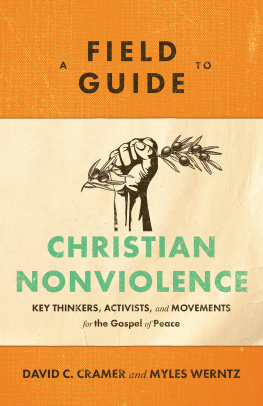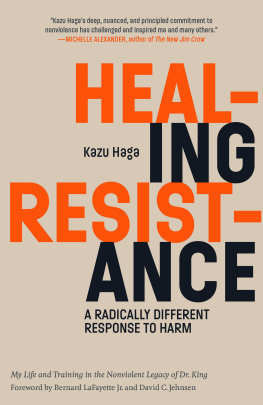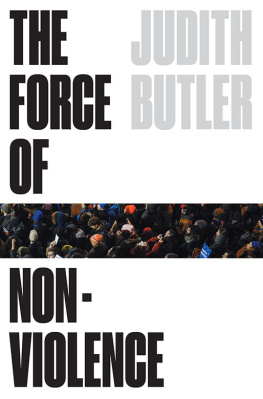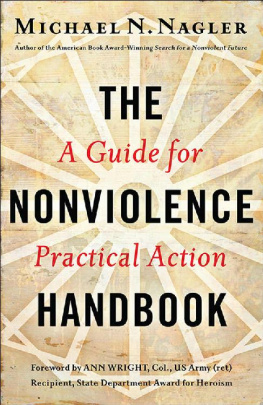And they say that the beautys in the streets but when I look around it seems more like defeat
This book is dedicated to Sue Daniels (19602004), a brilliant ecologist, bold feminist, passionate anarchist, and beautiful and caring human being who nurtured and challenged everyone around her. Your bravery and wisdom continue to inspire me, and in that way your spirit remains indomitable...
...and to Greg Michael (19612006), who embodied health, as a wholeness of being and an indefatigable quest against the poisons of our world, even in the unhealthiest of circumstances. From a bag of raisins stolen from the prison kitchen to the unfolding of memory on a mountaintop, the gifts you have given me are a salve and a weapon, and they will stay with me until the last prison is a pile of rubble.
Special thanks to Megan, Patrick, Carl, Gopal, and Sue D. for proofreading or giving me feedback, and to Sue F., James, Iris, Marc, Edi, Alexander, Jessica, Esther, and everyone who came to the workshops for criticism valuable to this second edition.
Introduction
In August 2004, at the North American Anarchist Convergence in Athens, Ohio, I participated in a panel discussing the topic of nonviolence versus violence. Predictably, the discussion turned into an unproductive and competitive debate. I had hoped that each panelist would be given a substantial amount of time to speak in order to present our ideas in depth and to limit the likely alternative of a back-and-forth volley of clichd arguments. But the facilitator, who was also a conference organizer, and on top of that a panelist, decided against this approach.
Because of the hegemony advocates of nonviolence exert, criticisms of nonviolence are excluded from the major periodicals, alternative media, and other forums accessed by anti-authoritarians. Nonviolence is maintained as an article of faith, and as a key to full inclusion within the movement. Anti-authoritarians and anti-capitalists who suggest or practice militancy suddenly find themselves abandoned by the same pacifists theyve just marched with at the latest protest. Once isolated, militants lose access to resources, and they lose protection from being scapegoated by the media or criminalized by the government. Within these dynamics caused by the knee-jerk isolation of those who do not conform to nonviolence, there is no possibility for a healthy or critical discourse to evaluate our chosen strategies.
In my experience, most people who are becoming involved with radical movements have never heard good arguments, or even bad ones, against nonviolence. This is true even when they already know a great deal about other movement issues. Instead, they tend to be acquainted with the aura of taboo that shrouds militants; to have internalized the fear and disdain the corporate media reserve for people willing to actually fight against capitalism and the state; and to have confused the isolation imposed on militants with some self-imposed isolation that must be inherent in militancy. Most proponents of nonviolence with whom I have discussed these issues, and these have been many, approached the conversation like it was a foregone conclusion that the use of violence in social movements was both wrong and self-defeating (at least if it occurred anywhere within 1,000 miles of them). On the contrary, there are a great many solid arguments against nonviolence that pacifists have simply failed to answer in their literature.
This book will show that nonviolence, in its current manifestations, is based on falsified histories of struggle. It has implicit and explicit connections to white peoples manipulations of the struggles of people of color. Its methods are wrapped in authoritarian dynamics, and its results are harnessed to meet government objectives over popular objectives. It masks and even encourages patriarchal assumptions and power dynamics. Its strategic options invariably lead to dead ends. And its practitioners delude themselves on a number of key points.
Given these conclusions, if our movements are to have any possibility of destroying oppressive systems such as capitalism and white supremacy and building a free and healthy world, we must spread these criticisms and end the stranglehold of nonviolence over discourse while developing more effective forms of struggle.
We might say that the purpose of a conversation is to persuade and be persuaded, while the purpose of a debate is to win, and thus silence your opponent. One of the first steps to success in any debate is to control the terminology to give oneself the advantage and put ones opponents at a disadvantage. This is exactly what pacifists have done in phrasing the disagreement as nonviolence versus violence. Critics of nonviolence typically use this dichotomy, with which most of us fundamentally disagree, and push to expand the boundaries of nonviolence so that tactics we support, such as property destruction, may be accepted within a nonviolent framework, indicating how disempowered and delegitimized we are.
I know of no activist, revolutionary, or theorist relevant to the movement today who advocates only the use of violent tactics and opposes any usage of tactics that could not be called violent. We are advocates of a diversity of tactics, meaning effective combinations drawn from a full range of tactics that might lead to liberation from all the components of this oppressive system: white supremacy, patriarchy, capitalism, and the state. We believe that tactics should be chosen to fit the particular situation, not drawn from a preconceived moral code. We also tend to believe that means are reflected in the ends, and would not want to act in a way that invariably would lead to dictatorship or some other form of society that does not respect life and freedom. As such, we can more accurately be described as proponents of revolutionary or militant activism than as proponents of violence.
I will refer to proponents of nonviolence by their chosen nomenclature, as nonviolent activists or, interchangeably, pacifists. Many practitioners of such prefer one term or the other, and some even make a distinction between the two, but in my experience the distinctions are not consistent from one person to the next. Most importantly, pacifists/nonviolent activists themselves tend to collaborate regardless of their chosen term, so the difference in labels is not important to the considerations of this book. Broadly, by using the term pacifism or nonviolence, they designate a way of life or a method of social activism that avoids, transforms, or excludes violence while attempting to change society to create a more peaceful and free world.
At this point it might help to clearly define violence, but one of the critical arguments of this book is that violence cannot be clearly defined. I should also clarify a few other terms that pop up frequently. The word radical I use literally, to mean a critique, action, or person that goes to the roots of a particular problem rather than focusing on the superficial solutions placed on the table by the prejudices and powers of the day. The word is not a synonym for extreme or extremist, much as the media would have us believe it is, through ignorance or design. (Similarly, in case anyone is still unclear: an anarchist is not someone who favors chaos but someone who favors the total liberation of the world through the abolition of capitalism, government, and all other forms of oppressive authority, to be replaced by any number of other social arrangements, proven or utopian.) On the other hand, I do not use the word revolution literally, to mean the overthrow of current rulers by a new set of rulers (which would make

